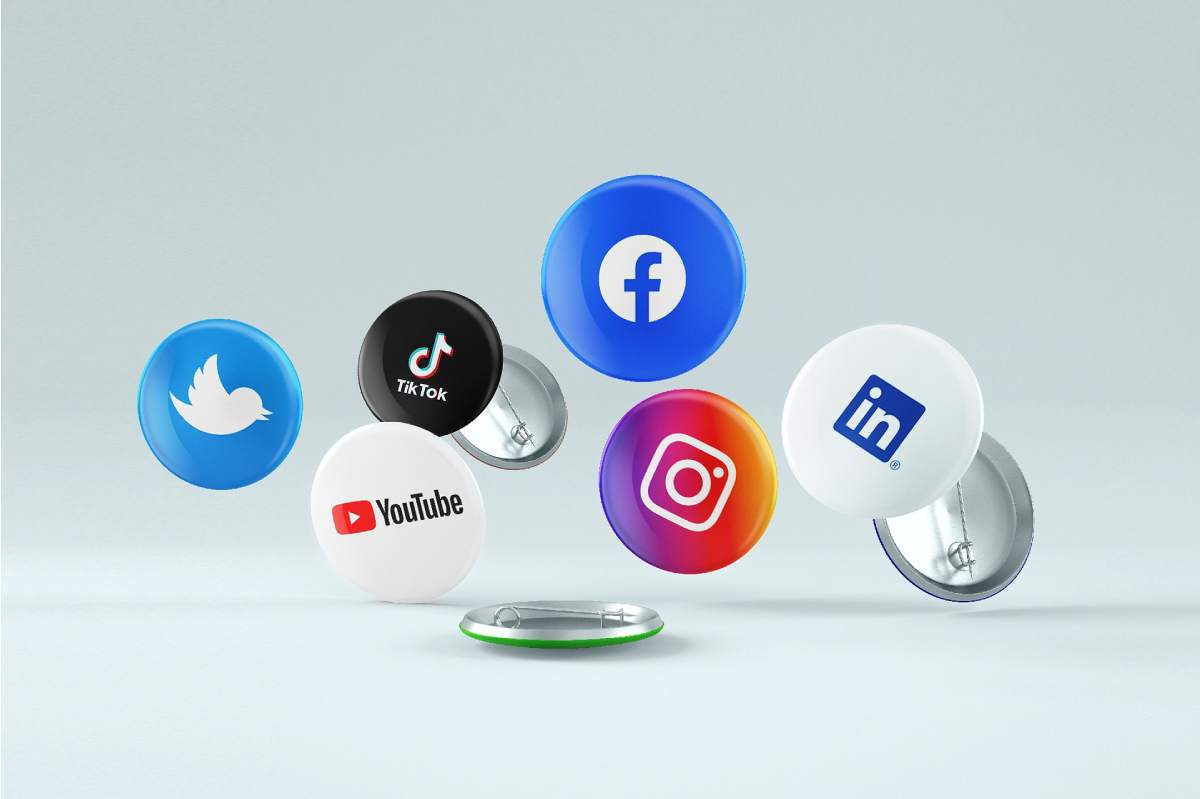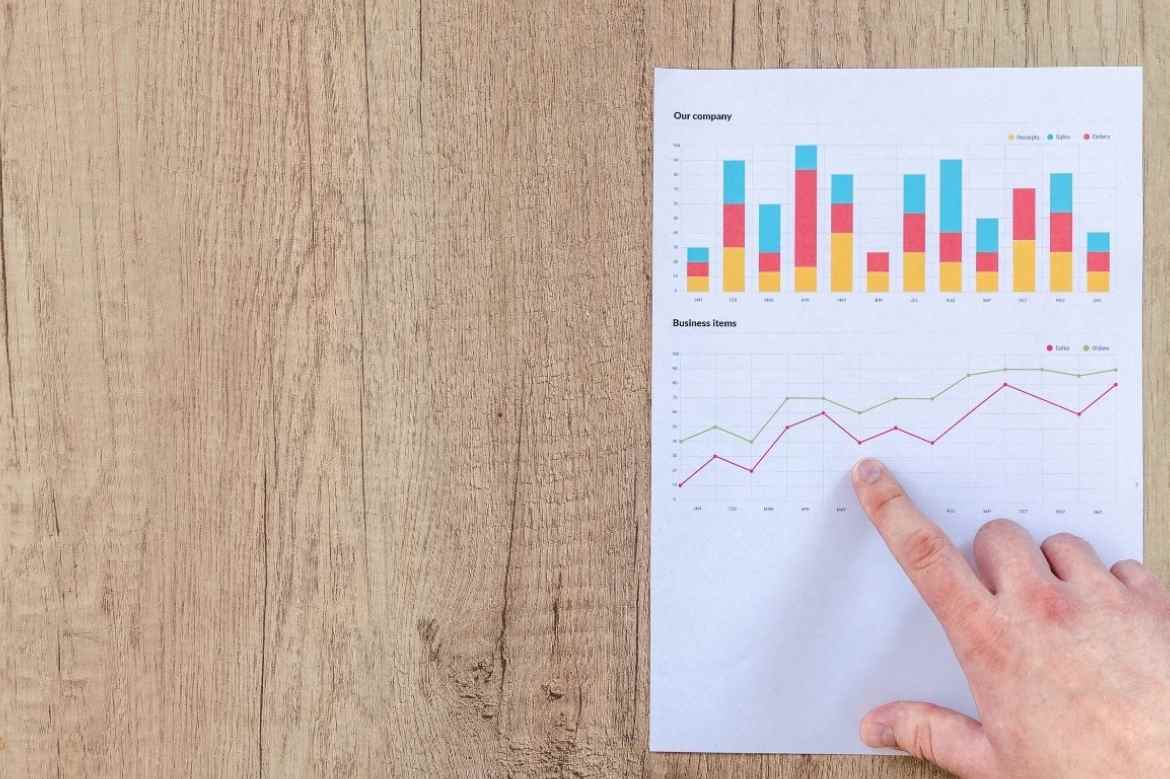There are many situations in which we can use the term “We can’t see the forest for the trees.” Although used in different contexts and repeated ad nauseam, the concept is still valid.
In the business world, the current situation is causing many companies to focus only on the short term, forgetting the importance of strategy and planning.
Of course, the priority must be to keep the company standing, but not only until tomorrow; we also have to focus on the future.
And one of the fundamental tools to develop the strategy is The Balanced Scorecard.
Traditionally, the development of strategy in organizations has been carried out from an economic-financial vision. The Management Control systems have been based on Annual Budgets (Income, Expenses and Investment) and Management Accounting (Financial and Analytical).
However, the Balanced Scorecard model proposes we open the strategy to 4 Perspectives, from which we can cover all the relevant areas of the company.
If we only focus on the financial part, we will not be able to involve the entire organization to align with the strategy.
The 4 Perspectives on which the Balanced Scorecard is based are:
Table of Contents
Financial Perspective
The financial objective of the organization is to obtain long-term income more significant than the capital invested.
The use of the Balanced Scorecard is separate from this vital objective. In reality, the Balanced Scorecard can make financial goals explicit and tailored to business units at different phases of their growth and life cycle.
Customer Perspective
It focuses on customer orientation, mainly on challenges to add value to specific market segments. That is, objectives associated with:
- Customer satisfaction
- Increase in clients
- Customer loyalty
- Customer profitability
- Market share
Process Perspective
From this perspective, we ask ourselves, what processes in our value chain must we master to satisfy our customers?
We can focus on shortening our development times, simplifying our business processes, making our production processes more flexible or reducing our delivery times.
Perspective Of Learning And Growth
The drivers of growth and learning come primarily from three sources: employees, systems, and organizational alignment.
Strategies for superior performance will generally require significant investments in these three sources. Therefore, the objectives and measures of these drivers must be an integral part of any organization’s BSC.
There are three main categories of variables:
- The capabilities of employees come from their competencies.
- The faculty of information systems depends on the technological infrastructure.
- Motivation, delegation of power and coherence of objectives which make up the work environment.
Once we have defined our Strategic Objectives in each of the perspectives, the next step is to design action plans that take us from the current situation to that described from our Vision through the Strategic Priorities.
The Strategic Map is the main element of the Balanced Scorecard because it allows us to represent the strategy graphically. With the cause-effect relationships between the different objectives, we will have a narrative of our system, which will enable us to check its coherence.
There are many occasions in which some strategic objectives oppose others. The visual representation makes it easier for us to identify the complementarity of the different goals and detect possible conflicts.
Finally, in order to measure the evolution and actual impact of the different actions, we will establish indicators for each of the objectives.
The Dashboard that summarizes the Balanced Scorecard will, therefore, be made up of the Strategic Objectives, their Indicators and the Goals established for each of them.
The key to success in implementing the strategy through the Balanced Scorecard complies with the action plans and the continuous review and evaluation of the model in our organization.
After the implementation phase, monitoring is essential if we want to develop and maintain a sustainable competitive advantage over time.
Also Read: Work-life Balance: How To Stay In Balance




